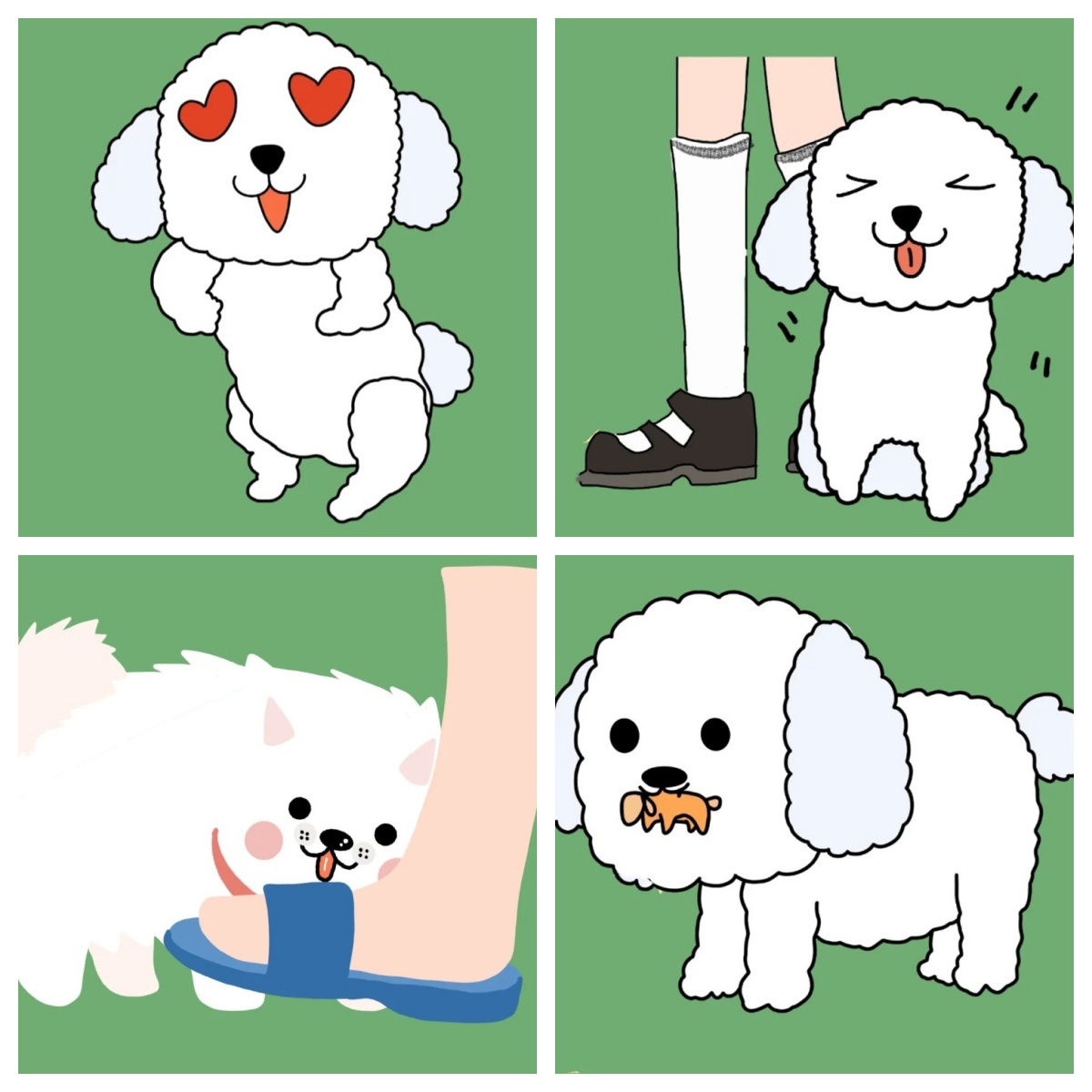
Introduction: Dogs Love
Have you ever wondered if your dog love you or is just dependent on you for food and belly rubs? While it’s clear that we love our furry friends, it’s natural to question if the feeling is mutual. The good news? Dogs love us and have unique ways of showing it!
In this blog, we’ll explore the science behind canine affection and identify twelve common signs that your dog loves you. By understanding these behaviors, you can strengthen your bond with your furry companion and ensure your relationship is filled with mutual love and respect. Let’s dive in!
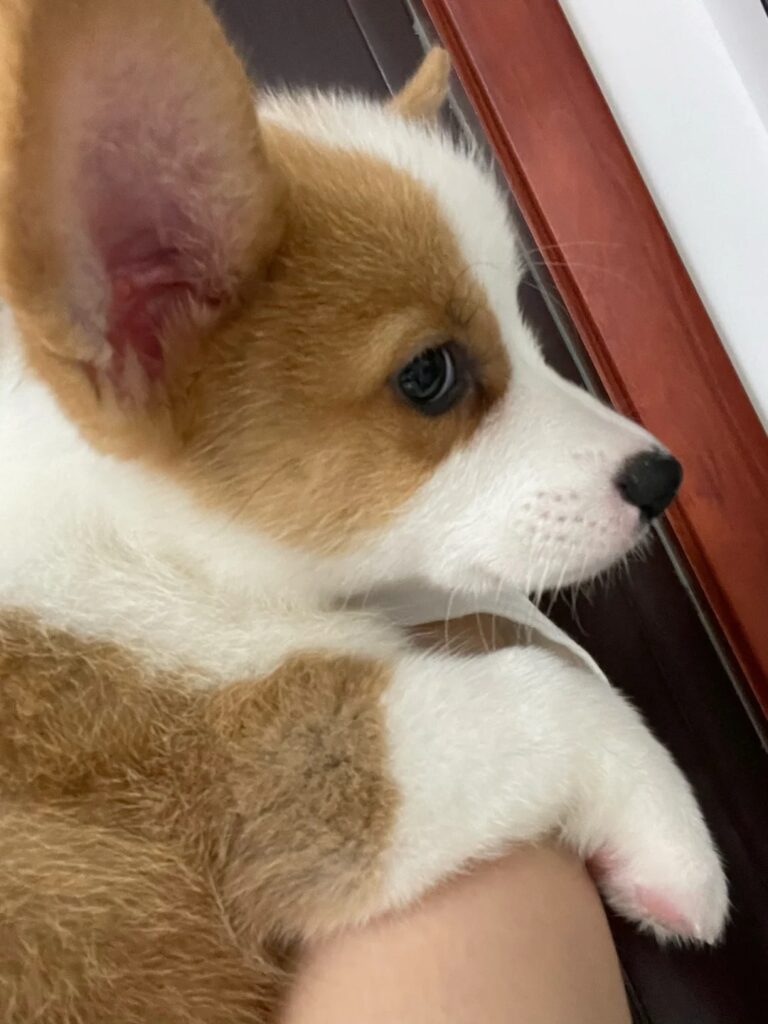
Understanding Canine Love: The Science Behind It
Understanding how dog express love requires delving into the science of their behavior. One crucial element in this discussion is the hormone oxytocin, often referred to as “the love chemical.” Oxytocin plays a significant role in forming and maintaining social bonds, not just in humans but in dogs as well.
Oxytocin Release in Dogs During Positive Interactions
When you engage in positive interactions with your dog, such as playing, snuggling, or simply spending time together, both you and your dog experience a release of oxytocin. This hormone is known for its role in promoting feelings of love, trust, and bonding.
Dr. Amanda Modes, a behavior veterinarian with Behavior Vets, explains that similar to humans, dogs’ brains release oxytocin during positive social interactions. Activities like petting, cuddling, and even gazing into each other’s eyes can trigger this hormonal release. The presence of oxytocin helps to reinforce the bond between you and your dog, making these moments of connection profoundly meaningful.
Research from Japan Supporting the Role of Oxytocin
The significance of oxytocin in strengthening the bond between dogs and their owners is further supported by research from Japan. A study conducted by scientists at Azabu University found that both dogs and their owners experienced a rise in oxytocin levels when they engaged in mutual gazing. This study demonstrated that the longer dogs and their owners gazed at each other, the higher the oxytocin levels rose in both species.
The researchers observed that this mutual gazing led to a positive feedback loop: the release of oxytocin encouraged more eye contact, which in turn led to more oxytocin being released. This cycle of reinforcement strengthens the emotional connection between the dog and the owner, forming a stronger bond over time.
In the study, dogs were placed in a room with their owners and observed for thirty minutes. The interactions ranged from simple eye contact to petting and verbal communication. The results showed a clear correlation between the duration of eye contact and the levels of oxytocin measured in both dogs and their owners. This groundbreaking research provided concrete evidence that dogs do indeed share a special emotional bond with their human companions, facilitated by the release of oxytocin.
By understanding the role of oxytocin in canine affection, we can better appreciate the deep, loving connections we share with our dogs. This hormone is not only a marker of love, but also a crucial factor in maintaining the strong, unbreakable bonds that make the relationship between dogs and their owners so unique and special.
How Do You Know Your Dog Loves You? 12 Heartwarming Signs
1. Your Dog Greets or Follows You Around
Dogs often greet their owners with enthusiastic behaviors such as jumping, wagging their tails, or bringing a favorite toy. When I come home, my dog Max always runs to the door, tail wagging furiously, sometimes even bringing his favorite squeaky toy. This isn’t just excitement; it’s a sign of love. According to a study published in the journal Behavioural Processes, dogs cry more when reunited with their owners compared to strangers, highlighting the depth of their attachment. This behavior demonstrates their longing for you when you are away and their joy upon your return.
Beyond just greeting you at the door, many dogs follow their owners from room to room, seeking constant companionship. This behavior is known as “shadowing,” and it’s a sign that your dog sees you as their pack leader. Max follows me everywhere, from the kitchen to the living room, and even waits outside the bathroom door. This constant companionship is a clear indication of the bond we share. According to Dr. Brian Hare, a canine cognition expert, this behavior is rooted in the evolutionary history of dogs as social animals.
2. Your Dog Wags Their Tail When They See You
A wagging tail is one of the most recognizable signs of a happy dog. The tail is a powerful communication tool in the canine world. When Max sees me, his tail wags so vigorously that his whole body wiggles. This isn’t just a random movement; it’s a joyful greeting. Different tail positions and movements can signify various emotions, but a fast, loose wag usually means your dog is delighted to see you. According to Dr. Stanley Coren, a canine psychologist, a wagging tail with a wide sweeping motion indicates friendliness and affection.
The tail can convey a range of emotions, from happiness to fear. A tail held high and wagging broadly indicates a confident and happy dog, while a tail tucked between the legs can signal fear or submission. Understanding these subtleties can help you better interpret your dog’s emotions. When Max’s tail wags enthusiastically, I know he’s expressing pure joy and love. This form of communication is a vital part of our bond, as it helps me understand his feelings and respond appropriately.
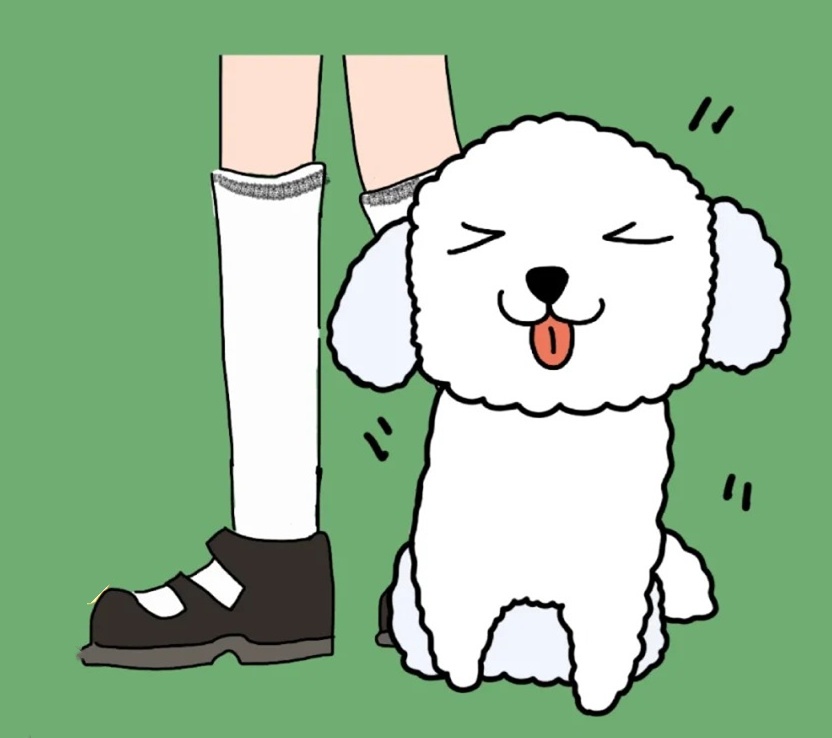
3. Your Dog Licks You
Licking is another way dogs show affection. When Max licks my face or hands, it’s his way of showing he cares and wants to be close to me. Dogs often lick to show submissiveness and seek attention. This behavior is rooted in their puppyhood when they used to lick their mother’s mouth to stimulate regurgitation of food. Now, as adults, they continue this behavior to show love and affection. According to Dr. Alexandra Horowitz, author of “Inside of a Dog,” licking releases endorphins that make dogs feel good and strengthen the bond between dog and owner.
Licking can also be a way for dogs to gather information about you. By licking, dogs can taste and smell where you’ve been, what you’ve eaten, and even your mood. Max tends to lick my face when I come home, possibly trying to gather all these details. This sensory interaction helps dogs feel closer to their owners. While it might feel a bit slobbery, it’s a sign of deep affection and trust. When Max licks my face, it’s his way of saying “I love you” in the most dog-like way possible.
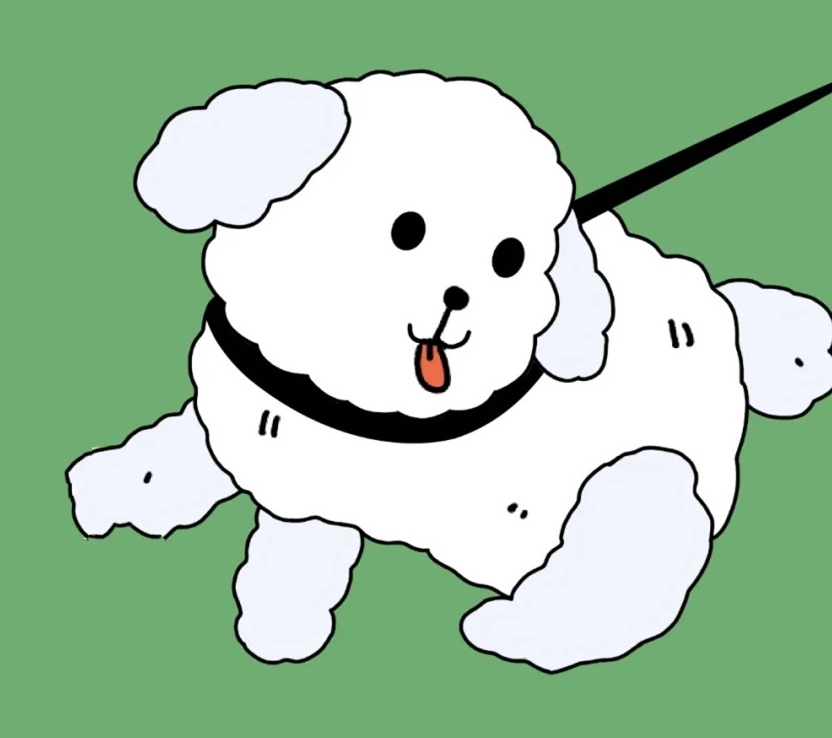
4. Your Dog Leans on or Sits with You
When a dog leans on you or sits close, it’s a sign of affection and trust. Max often leans against my leg while I’m sitting on the couch, seeking comfort and closeness. This behavior indicates that he feels secure and safe in my presence. According to Dr. Patricia McConnell, an animal behaviorist, leaning is a form of closeness-seeking behavior that signifies trust and companionship. It’s a subtle but powerful way for dogs to express their love.
Allowing your dog to lean on you or sit close is important because it reinforces their feelings of safety and trust. It’s essential to allow dogs to initiate these interactions and respond positively when they do. When Max sits with me, it’s our time to bond, and I often take the opportunity to give him gentle pets and scratches. This physical closeness strengthens our bond and makes him feel cherished and loved.
5. Your Dog Makes Eye Contact with You
Eye contact is a powerful form of communication between dogs and their owners. When Max looks into my eyes, it’s a sign of trust and bonding. In the wild, prolonged eye contact can be a sign of aggression, but domesticated dogs have learned to use it to communicate with their humans. According to a study by Dr. Miho Nagasawa from Azabu University in Japan, eye contact between dogs and their owners releases oxytocin, the “love hormone,” in both parties, strengthening their bond.
Eye contact is also used in training and problem-solving. When Max wants something, like his favorite toy or a treat, he often makes direct eye contact to communicate his desire. This interaction helps me understand his needs and respond accordingly. Training Max to hold eye contact has also been beneficial for obedience training as it helps him focus on me and follow commands more effectively. This mutual gaze is a profound way to connect and communicate with your dog.
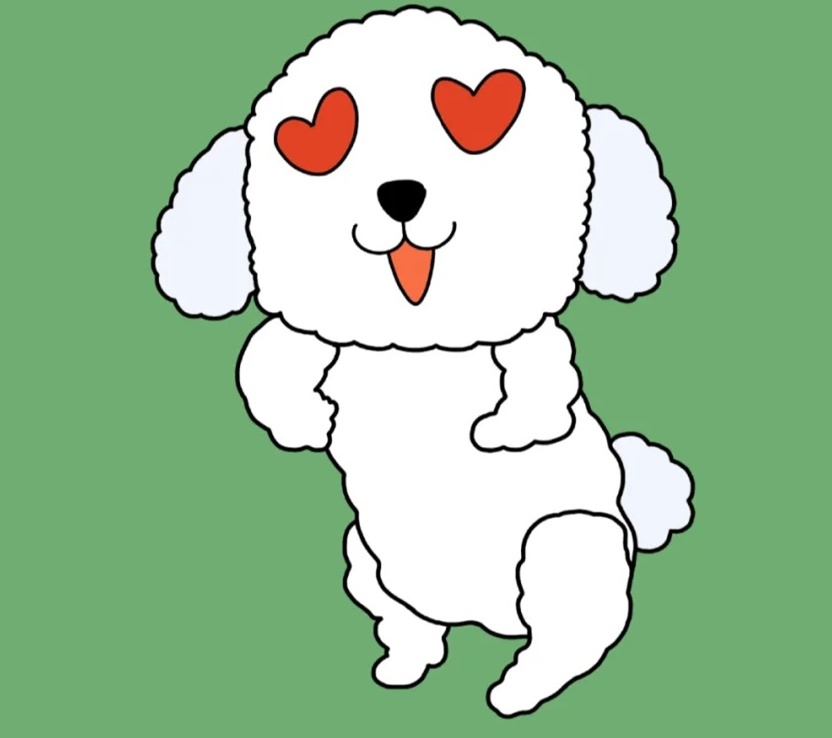
6. Your Dog Recognizes Your Name
Dogs have an incredible ability to recognize and react to their owner’s name. When I call out “Max,” his ears perk up, and he immediately looks my way, often with a wagging tail. This recognition is a clear sign that he is attuned to me and associates his name with positive experiences. According to a study published in the journal Scientific Reports, dogs can differentiate between words they know and unfamiliar words, showing their remarkable cognitive abilities.
When Max hears his name, he not only reacts but often displays signs of happiness, such as wagging his tail and coming towards me. This reaction indicates that he associates his name with good things, like attention, playtime, or treats. It’s a small but significant way to see how much your dog love and values your presence. Training your dog to recognize their name and respond positively to it is a great way to strengthen your bond.
7. Your Dog Wants to Play with You
Play is a crucial part of building strong bonds between dogs and their owners. When Max brings me his favorite toy and nudges my hand with it, he’s inviting me to play. This behavior shows that he sees me as a companion and playmate. According to Dr. John Bradshaw, author of “Dog Sense,” play is essential for dogs’ social development and emotional well-being. Engaging in regular play sessions can significantly enhance your relationship with your dog.
Playing with your dog can include a variety of activities, from fetch and tug-of-war to agility exercises and puzzle toys. Max loves playing fetch in the backyard, and I can see the joy in his eyes every time he chases after the ball. This shared activity not only provides physical exercise but also strengthens our bond. It’s important to incorporate different types of play to keep your dog mentally and physically stimulated, reinforcing their love and trust in you.
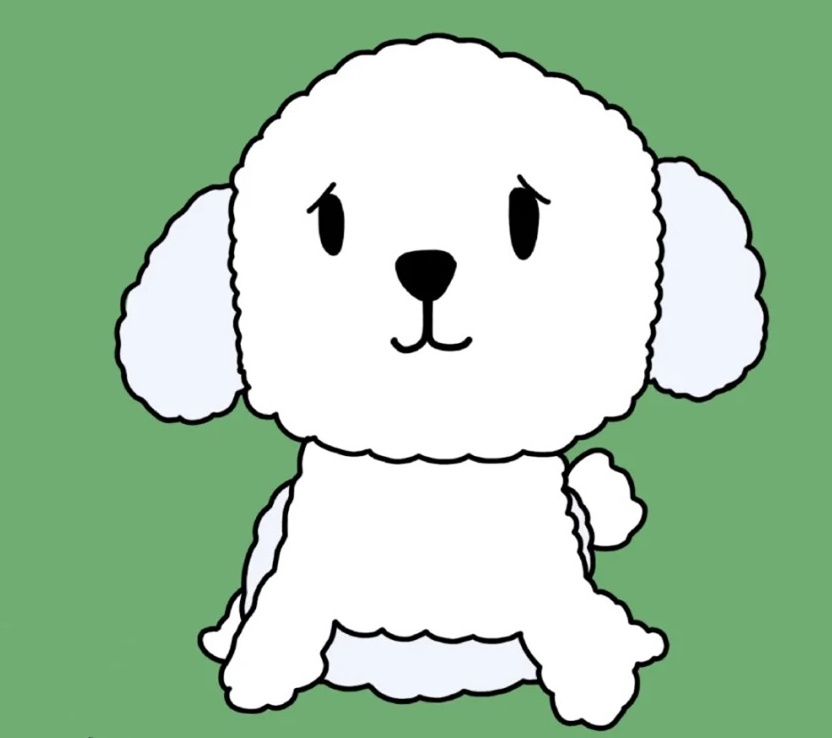
8. Your Dog Sleeps with or Near You
Sleep is a vulnerable state for animals, and if your dog chooses to sleep with or near you, it’s a strong indication of trust and love. Max often sleeps at the foot of my bed or on a cushion next to my bed. This behavior shows that he feels safe and secure in my presence. According to a survey by the American Pet Products Association, nearly half of all pet dogs sleep in their owners’ beds, highlighting the closeness of these relationships.
Sharing sleep space with your dog can enhance your bond and provide a sense of security for both of you. When Max curls up next to me, it’s a comforting reminder of our connection. This behavior also aligns with their pack instincts, as dogs in the wild sleep close to their pack members for warmth and protection. Allowing your dog to sleep near you can reinforce their feelings of safety and deepen your bond.
9. Your Dog Rolls on Their Back and Shows Their Belly
When a dog rolls on their back and shows their belly, it’s a sign of love and trust. This position is a vulnerable one, indicating that your dog feels completely safe with you. Max often rolls onto his back during playtime or when he’s relaxed, looking for belly rubs. This behavior is a clear indication of his trust and affection. According to Dr. Stanley Coren, a psychology professor and dog expert, exposing the belly is a dog’s way of showing submission and trust.
It’s important to differentiate between a dog showing their belly for rubs and other reasons, such as submission during play. When Max rolls over for belly rubs, it’s his way of inviting interaction and affection. Responding positively to this request can strengthen your bond and show your dog that you understand and appreciate their signals. This mutual understanding and trust are key components of a loving relationship with your dog.
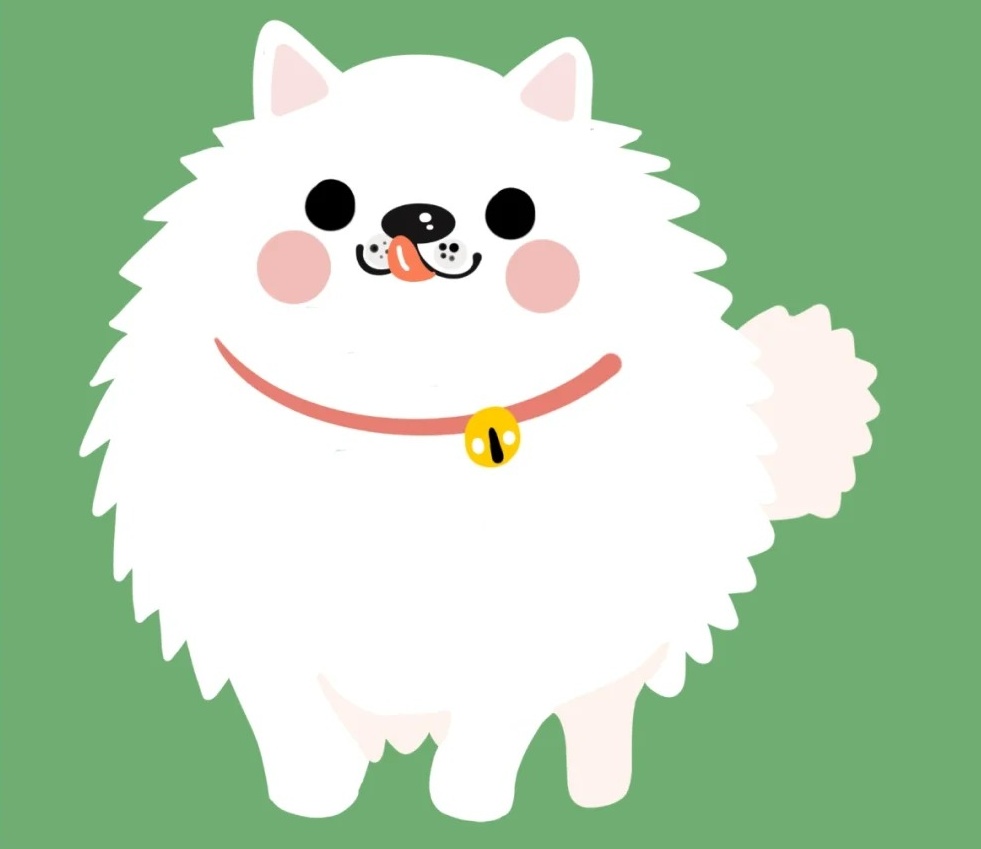
10. Your Dog Trusts You with Their Toys
Sharing toys is a significant gesture of trust and affection in the canine world. When Max brings me his favorite toy and drops it at my feet, it’s his way of sharing something precious with me. This behavior indicates that he trusts me and wants to engage in a shared activity. According to Dr. Alexandra Horowitz, author of “Inside of a Dog,” dogs sharing their toys is similar to humans sharing their favorite possessions with loved ones.
This gesture is similar to cats bringing their owners “gifts” like prey. It’s a way for dogs to show their love and seek interaction. When Max shares his toys with me, I make sure to have fun and reinforce our bond, showing him that I value his trust. This shared activity not only provides mental stimulation but also strengthens the emotional connection between us.
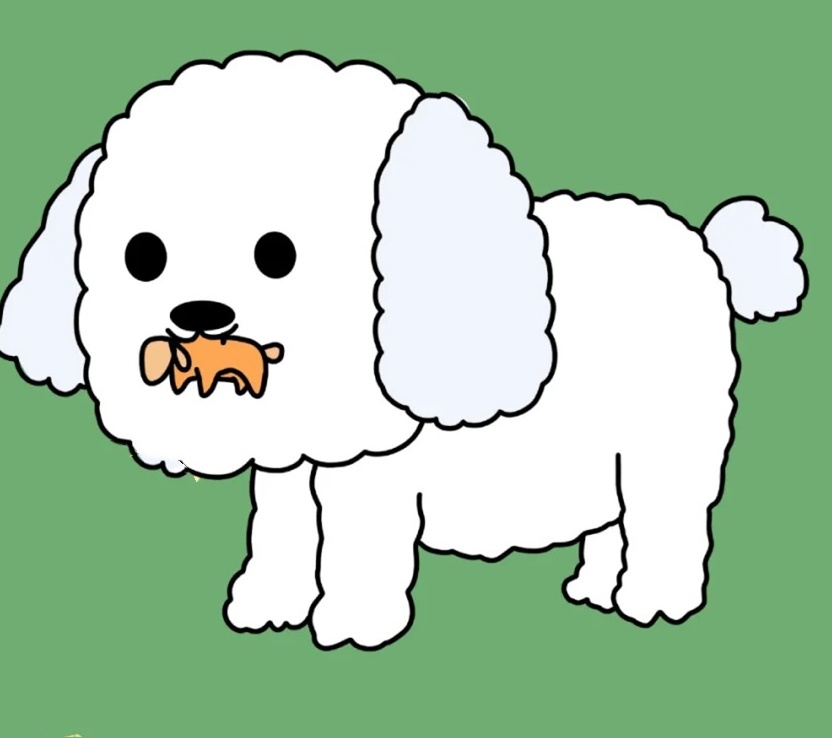
11. Your Dog Loves Stealing Your Clothes
Dogs often use their acute sense of smell to feel close to their owners, and one of the ways they do this is by taking your clothes. Max loves to grab my socks or t-shirts and carry them around the house. This behavior might seem annoying at first, but it’s actually a sign of affection. Dogs are comforted by their owners’ scent, which can help them feel less anxious when their human isn’t around. According to research published in the journal Animal Cognition, dogs show excitement and a sense of comfort when exposed to their owner’s scent. This indicates that your smell is a source of comfort for them, and they want to be close to it even when you’re not around.
This behavior is especially common in puppies who may also chew on clothes as a way to alleviate teething discomfort. When Max was a puppy, he would often snuggle up with one of my shirts when I left the house. This gave him a sense of security and helped him cope with my absence. Understanding this behavior as a sign of love can make it easier to tolerate and address, even if it means a few worn-out socks. Providing your dog with a piece of clothing can help them feel more secure and connected to you, especially when you’re not at home.
12. Your Dog Makes Special Facial Expressions at You
Dogs can recognize their owners’ faces and often make specific facial expressions to communicate their feelings. When Max sees me, he often lifts his eyebrows and opens his mouth slightly, almost as if he’s smiling. According to a study by the University of Portsmouth, dogs produce more facial movements when humans are paying attention to them. This suggests that dogs use facial expressions to communicate and bond with their owners. Dogs lift their eyebrows, especially the left one, when they see their owners, showing a range of emotions from happiness to anticipation.
These expressions are not random; they are deliberate attempts to engage and connect with you. When Max makes these expressions, it’s his way of showing affection and seeking interaction. Understanding and responding to these cues can deepen your bond and improve communication. When Max “smiles” at me, I always take a moment to acknowledge him, reinforcing our connection and making him feel loved. Recognizing and appreciating these subtle expressions can greatly enhance your relationship, making interactions more meaningful and rewarding for both you and your dog.
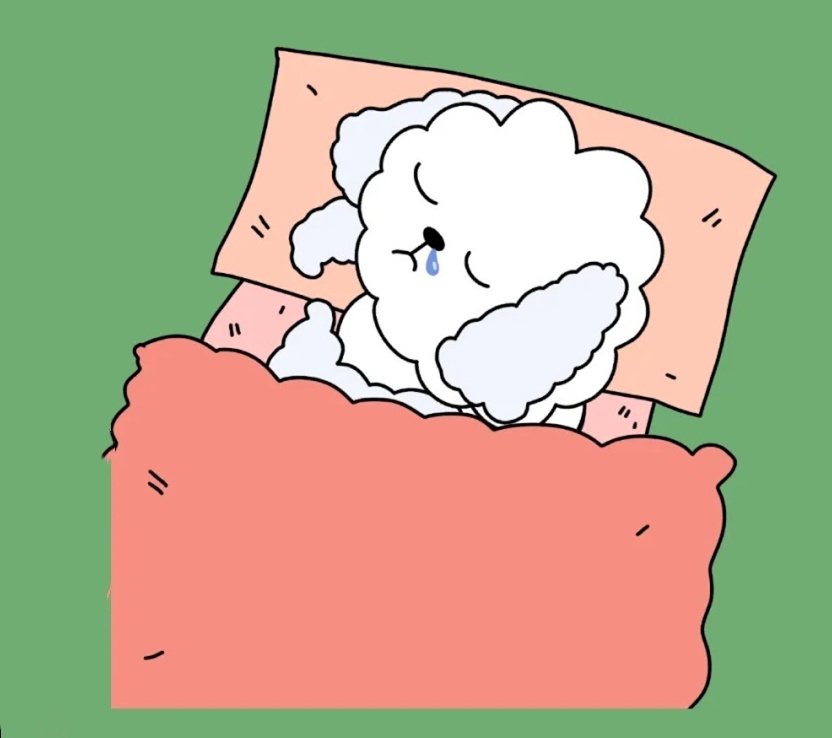
How to Strengthen Your Bond with Your Dog
Strengthening your bond with your dog involves understanding and responding to their unique communication cues. Dogs communicate through body language, facial expressions, and vocalizations. By learning to interpret these signals, you can better meet their needs and build a deeper connection. For instance, when Max stares at me intently, I know he’s either trying to communicate something important or just wants my attention. Paying attention to these cues and responding appropriately can make your dog feel understood and valued.
Here are some practical tips:
- Learn Their Communication Style: Spend time observing your dog’s behavior in different situations. Notice how they react to various stimuli and what their body language indicates. Understanding when they are happy, anxious, or excited will help you respond in ways that make them feel secure and loved.
- Train and Reward Eye Contact: Eye contact is a powerful bonding tool. Encourage your dog to make eye contact by holding treats near your eyes and rewarding them when they look at you. This not only strengthens your bond but also improves your dog’s focus during training sessions.
- Show Affection Through Cuddles and Snuggles: Physical touch is essential for bonding. Spend time cuddling, petting, and snuggling with your dog. This can be especially comforting for them and reinforces your role as a source of love and security.
- Increase Quality Time Through Walks and Play: Regular walks and playtime are crucial for your dog’s physical and mental well-being. These activities provide an excellent opportunity to bond. Try to vary your routines by exploring new parks or introducing new games.
- Use Praise and Treats to Reinforce Good Behavior: Positive reinforcement is effective in encouraging desired behaviors. Raise your dog enthusiastically and offer treats when they follow commands or exhibit good manners. This not only reinforces their behavior but also makes them feel appreciated and loved.
By incorporating these practices into your daily routine, you can deepen your connection with your dog, making your relationship more fulfilling and enjoyable. Remember, the key to a strong bond is mutual understanding, consistent communication, and a lot of love.
Conclusion: My Dog Love Me
Understanding and nurturing dog love is essential for building a strong and lasting bond with your furry friend. From recognizing signs of affection, like tail wagging and eye contact, to actively engaging in activities that strengthen your relationship, every effort contributes to a deeper connection. Remember, the little gestures, like cuddles, playtime, and positive reinforcement, are powerful ways to show your dog how much you love them.
Now that you’re equipped with the knowledge of how dogs express their love and how to respond, it’s time to put these tips into action. Embrace the joy of dog love by spending quality time with your pet, understanding their unique communication style, and consistently showing your affection. Your efforts will not only make your dog feel loved and secure, but will also enrich your life with unconditional love that only a dog can offer.